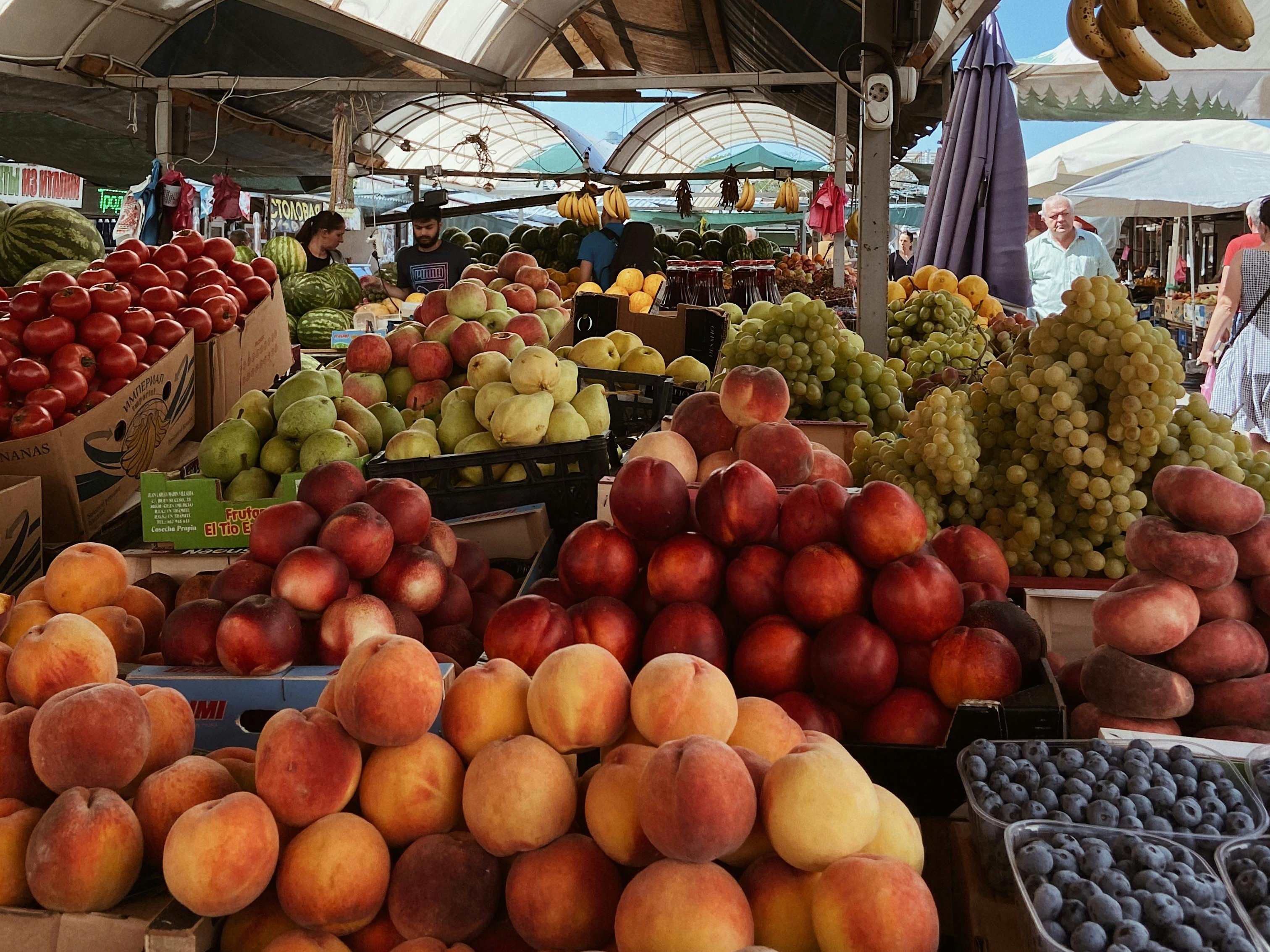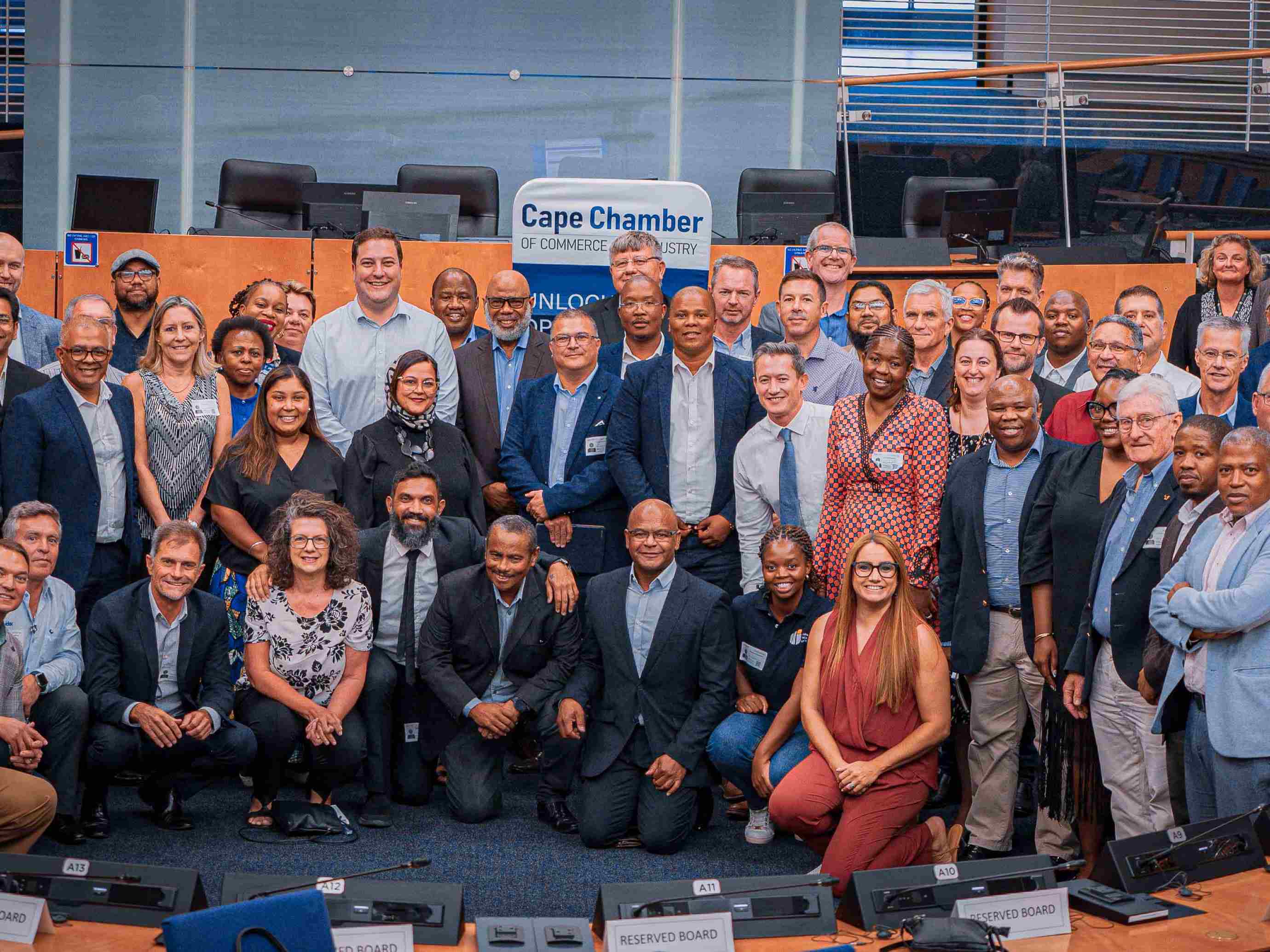Join us to shape a better future, contact Secretariats:
Narieman Solomon Tariro Chivige

Global Competitiveness Index: 4.0
The Chamber contributes to the strengthening of the business environment by:
1. Supporting regional sector and value chain development programmes - for firms to express their concerns about issues affecting business in their sub-sector and to steer systematic improvement to realise faster growth of the sub-sector.
2. Supporting Business retention and expansion programmes - to steer systematic improvement of their local business environment.
3. Facilitating dialogue with the public sector - towards more effective public investment, smarter service delivery, procurement efficacy and to stop doing what the private sector can do with greater efficacy.
4. Creating large-scale awareness of issues concerning business which need to be rectified by the public sector or other responsible parties. Various platforms are utilised, including events with key stakeholders, traditional media and social media.
Incentive schemes and business sector support programmes can galvanise economic growth within specific sectors or across the entire economy.
Conversely, disincentives like complex tariff regimes, hefty tariff rates, or an excessive tax burden, extract a heavy toll. The fuel price formula with its multiple embedded taxes is a topical example of a business disincentive; on the other hand, government’s willingness to amend this formula is at least encouraging.
Special Development Zones such as Saldanha, are testimony to another form of incentive that may require more than mere promises. Public service institutions need to follow through on promised support for incentive schemes to give meaning to projections of growth and prosperity.
Tariff regimes can make or break economic sectors. Cape Town’s textile and footwear industries are a case in point, with manufacturing being highly susceptible to tariff regime changes. Agricultural stakeholders also depend on reasoned and informed policy decisions in this arena.
A tariff may be beneficial to one sub-sector, while hindering another, as in the case of the blue economy where import duty on second-hand boats is good news for local boatbuilding yards, but bad news for brokers looking to expand the local boating market.
Trade openness is a key feature of global competitiveness, whereas complex tariffs and non-tariff barriers can retard organic business growth.
Border clearance efficiency is another significant indicator of economic competitiveness and features on most government accountability scorecards.








